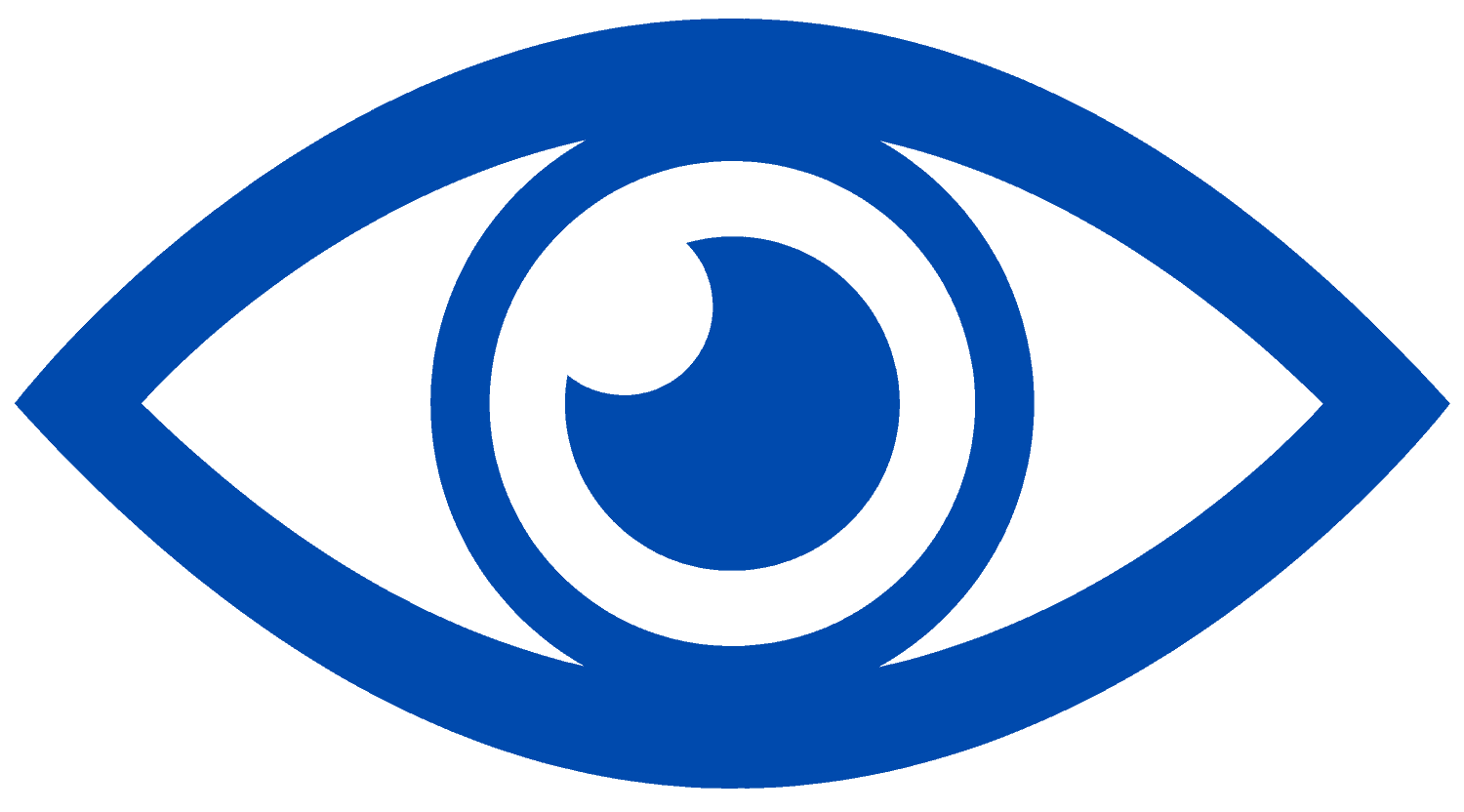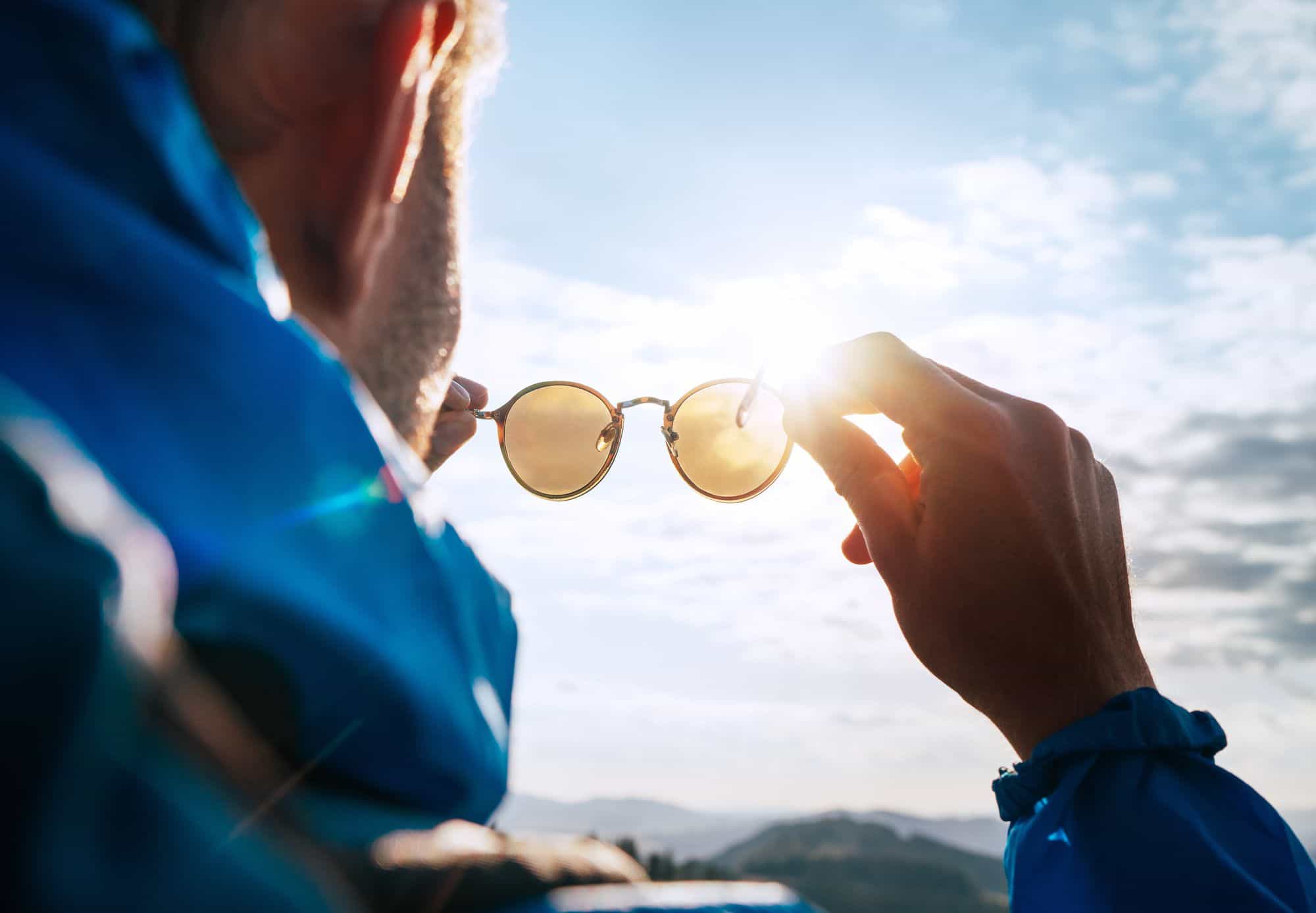Do all sunglasses provide adequate UV protection?
Slip-Slop-Slap was the iconic and internationally recognised sun protection campaign prominent in Australia and New Zealand during the 1980s. Launched by Cancer Council Victoria in 1981, the Slip! Slop! Slap! campaign featured a seagull named Sid the Seagull, who was singing and dancing to encourage people to reduce sun exposure and protect themselves against an increased risk of Skin cancer. Sid had Australians slipping on long-sleeved clothing, slopping on sunscreen and slapping on a hat. SunSmart has now updated the health advice to encourage the use of shade and sunglasses. That is:
Slip on a shirt, Slop on the 50+ sunscreen, Slap on a hat, Seek shade or shelter, Slide on some glasses used to block out sun. — “Slip, Slop, Slap, Seek, Slide”.
Why wear sunglasses?
The most common short-term impact of UV exposure to the eye is acute photo keratopathy, akin to sunburn of the cornea, which can cause inflammation. Long term exposure to UV radiation can result in more serious damage to the eyes including on the eyelid skin, the ocular surface and in the anterior segment of the eye. There is a strong evidence that UV exposure is associated with basal cell carcinoma and squamous cell carcinoma of the eyelid. The evidence of the association between UV exposure and ocular melanoma is limited.
On the ocular surface, UV exposure is associated with photokeratitis, climatic droplet keratopathy, and pterygium. Within the anterior part of the eye, it is associated with cortical cataract.
Which sunglasses should I buy?
A common question among patients is “What sunglasses should I purchase to provide adequate UV protection?”. The Cancer Council Australia’s National Skin Cancer Committee and The Royal Australian and New Zealand College of Ophthalmologists (RANZCO) have worked together to provide information on this topic.
The Australian/New Zealand Standard AS/NZS 1067 Sunglasses and Fashion Spectacles applies to all sunglasses and fashion spectacles available (including products given away) in Australia. The standard is adopted into legislation with all sunglasses required to meet the legislation with regular audits and significant penalties and fines for suppliers not complying. The Standard defines five categories of lenses, according to the amount of UV radiation and visible light that is able to pass through the lens. Sunglasses and fashion spectacles meeting the Australian/New Zealand Standard must be labelled to specify that they comply with AS/NZS 1067, and which lens category they comply with. Fashion spectacles (lens categories 0 and 1) are not sunglasses and do not provide adequate protection against UV radiation.

Sunglasses may also be labelled UV 400 (blocking 100% of UV), or state the amount of UV radiation blocked as a percentage. The standard requires that sunglasses claiming a level of UV protection must meet this claim.
It is important that the price of sunglasses not be used to gauge the quality of protection from UV radiation. Sunglasses providing excellent protection need not be expensive. Darker-tinted or polarised lenses may be required to reduce glare, however the darkness or colour of the lens does not indicate the level of UV protection.
Check the label to determine the level of UV protection provided. RANZCO and Cancer Council Australia recommend wearing close-fitting, wraparound style sunglasses that meet the Australian/New Zealand Standard for sunglasses (categories 2, 3 and 4).
Should I purchase Polarized glasses?
There is no relationship between polarization and UV protection. Polarization is an additional option to reduce bright reflections and unwanted glare. It is not a necessary option for UV protection.
RANZCO and Cancer Council Australia recommend:
- Reducing exposure of the eye to UV radiation as much as possible.
- Wearing close-fitting, wraparound style sunglasses that meet the Australian/New Zealand Standard for sunglasses (categories 2, 3 and 4) or the Australian/New Zealand Standard for eye protectors for industrial applications as appropriate.
- Further protection of the eyes by wearing a broad-brimmed, bucket or legionnaire style hat.
Summary – your sunglasses should be:
Category 2, 3 or 4 as per Australian/New Zealand Standard AS/NZS 1067
OR
Be labelled – UV 400 (blocking 100% of UV)


